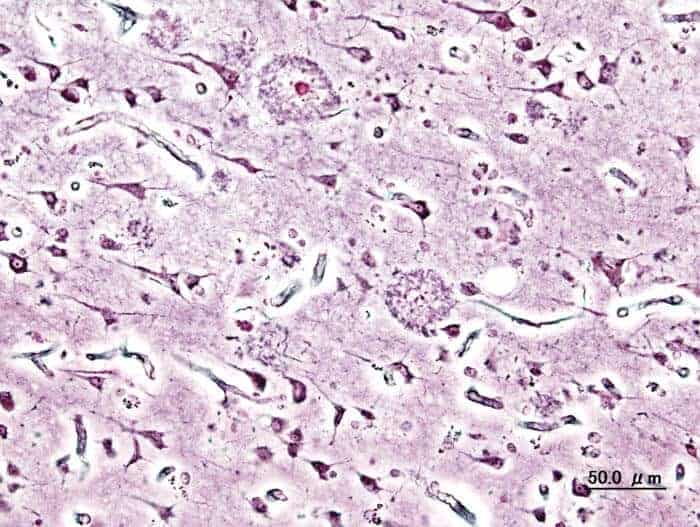As spring arrives in the northern hemisphere, many people are cursing ragweed, a primary culprit in seasonal allergies. But scientists might have discovered a promising new use for some substances produced by the pesky weed. In ACS’ Journal of Natural Products, researchers have identified and characterized ragweed compounds that could help nerve cells survive in the presence of Alzheimer’s disease (AD) peptides.
Those with AD, a neurodegenerative disorder, often have impaired judgment, cognition, memory and behavior. Scientists have linked AD to the accumulation of amyloid-β (Aβ) peptides in the brain, which form plaques that kill nerve cells. Unfortunately, the five drugs currently approved for AD treatment only delay disease progression for a short time. When Won Keun Oh and colleagues screened 300 natural plant extracts for activity against AD in a preliminary study, they found a surprising candidate: Ambrosia artemisiifolia (common ragweed). This invasive weed, native to North America, has now spread to South America, Asia and much of Europe. Oh and colleagues decided to isolate and characterize the structures of ragweed compounds responsible for this neuroprotective activity.
The researchers isolated 14 compounds from whole ragweed plants that appeared to protect neurons from Aβ-induced toxicity. They determined the structures of the compounds with nuclear magnetic resonance, mass spectrometry and other analytical techniques. Seven of the chemicals, including terpenoids and spermidine conjugates, had been described previously, but the remainder were newly identified terpenoids. When the researchers added the two most active new compounds to a lab dish that contained neurons producing Aβ, about 20 percent more cells survived than without treatment.
If our reporting has informed or inspired you, please consider making a donation. Every contribution, no matter the size, empowers us to continue delivering accurate, engaging, and trustworthy science and medical news. Independent journalism requires time, effort, and resources—your support ensures we can keep uncovering the stories that matter most to you.
Join us in making knowledge accessible and impactful. Thank you for standing with us!

